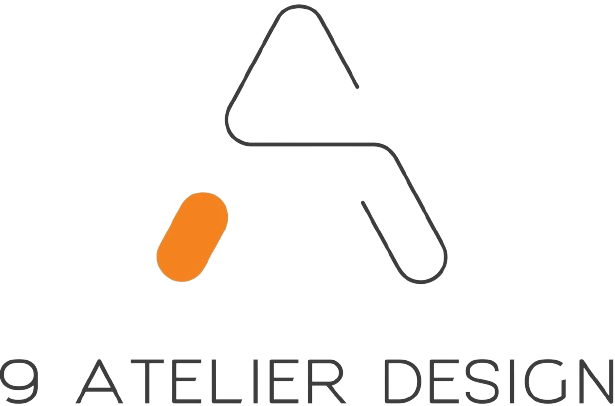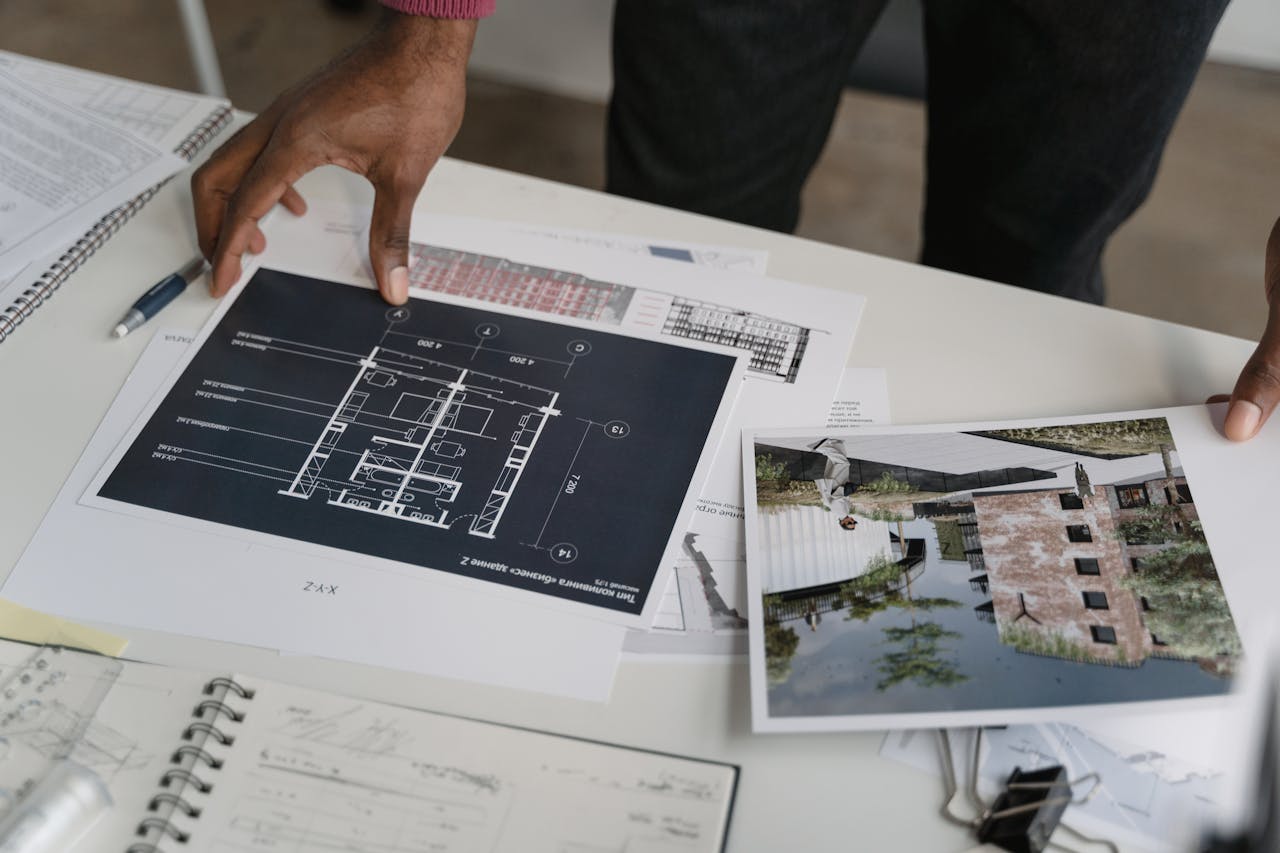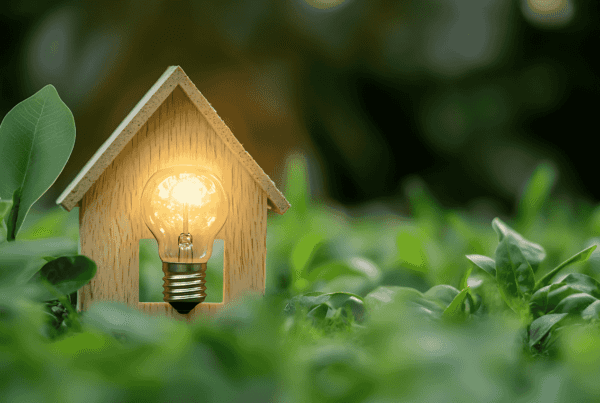Introduction
The way people occupy spaces and engage with their surroundings in the workplace is shaped by architectural design. Modern Malaysian living environments evolve according to societal traditions paired with technology progress and shifting resident requirements. Architectural design studios lead the transformation by creating residential designs which unite functional efficiency with visual appeal and environmental stewardship.
With accelerated urbanization and diminishing land supply, architect professionals are redesigning conventional residential models that meet contemporary living standards. The architecture industry responds through novel smart home innovations and sustainable material changes as it satisfies contemporary homeowners’ needs. The upcoming blog examines Malaysian architecture design studios which drive residential design while establishing standards for contemporary living environments.
The Evolution of Modern Living Spaces in Malaysia
Traditional vs. Modern Homes
In the past, Malaysian homes were heavily influenced by cultural and climatic factors. Traditional Malay houses featured raised platforms for better ventilation and flood resistance, while Chinese shophouses combined residential and commercial functions. Over time, colonial and Western architectural styles also left their mark, leading to a mix of design elements.
While in modern times, contemporary residential design focuses on maximizing space utilization and convenience combined with green living principles. The contemporary housing landscape features both high-rise buildings within urban centers and gated residential districts as well as suburban family housing with innovative floor plans. Technical transformations in architectural style mirror evolving ways of life together with economic developments and growing environmental consciousness.
Influence of Urbanization
Rapid urbanization in Malaysia has substantially influenced architectural patterns throughout the nation. Urban areas such as Kuala Lumpur alongside Penang and Johor Bahru experience the rising of high-rise condominium and mixed-use development construction as population numbers increase. Architects now create tightly designed spaces to optimize land usage while keeping rooms functional and comfortable.
The Need for Sustainable Design
Growing environmental awareness coupled with climate change concerns stimulates Malaysian modern architecture to focus on building energy efficiency. The Green Building Index (GBI) certification program motivates architects towards incorporating sustainable materials and Solar panels and rainwater harvesting systems in their architectural designs.
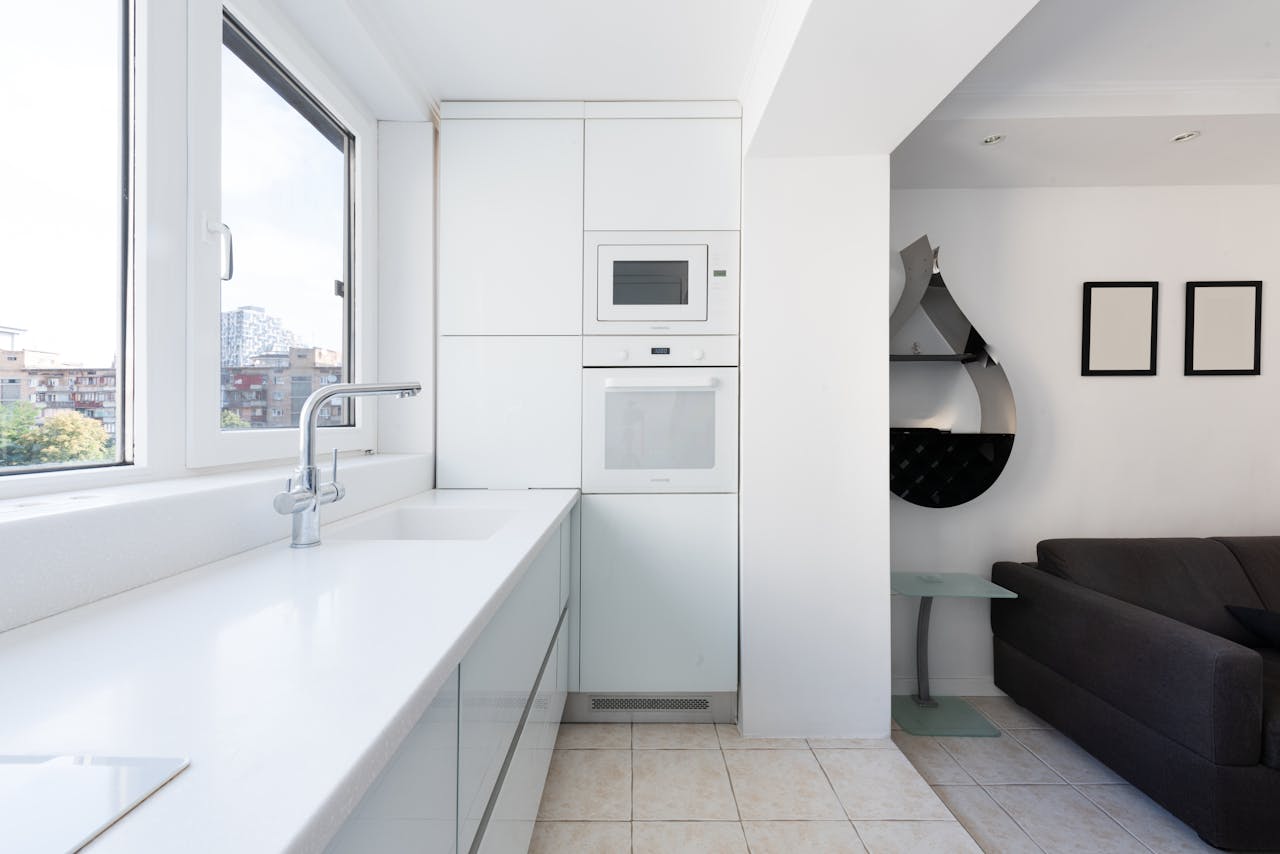
Key Design Trends in Modern Malaysian Homes
Minimalist and Open-Concept Designs
One of the most significant trends in modern Malaysian homes is minimalism. This design philosophy emphasizes simplicity, clean lines, and open spaces. Open-concept layouts remove unnecessary walls, creating a seamless flow between living, dining, and kitchen areas. This not only makes homes feel more spacious but also enhances natural lighting and ventilation.
Sustainable and Eco-Friendly Architecture
The rising environmental consciousness among people allows architects to introduce sustainable features into residential architecture. Some sustainable features include:
- Energy-efficient windows and doors to reduce heat absorption.
- Green roofs and vertical gardens to enhance insulation and improve air quality.
- Recycled and locally sourced materials to minimize environmental impact.
Smart Home Integration
Technology is revolutionizing modern living spaces. Smart home systems allow homeowners to control lighting, temperature, security, and appliances through mobile apps. Architecture design studios are integrating smart solutions such as:
- Automated lighting and climate control for energy savings.
- Smart security systems with facial recognition and remote monitoring.
- Voice-activated assistants for hands-free home automation.
Blending Indoor and Outdoor Spaces
Bringing nature into the home is another key trend in Malaysian architecture. Many contemporary homes feature:
- Large glass windows and sliding doors to connect indoor spaces with gardens or balconies.
- Indoor courtyards to create a refreshing, natural ambiance.
- Outdoor living areas with seating and greenery for relaxation and social gatherings.
The Role of Architecture Design Studios in Shaping These Trends
Customization and Personalization
Architecture design studios avoid creating standard developments by letting homeowners shape their personal residence through individual design solutions. Architects achieve personalized homes by working hand-in-hand with their clients to design spaces which match their lifestyle needs.
Innovation in Materials and Construction Techniques
Modern architects are experimenting with cutting-edge materials and construction techniques. Some of these include:
- Prefabricated components that speed up construction while reducing waste.
- Lightweight and durable materials such as aluminum honeycomb panels for better structural efficiency.
- 3D-printed architectural elements for cost-effective and highly customized designs.

Overcoming Challenges in Modern Architectural Design
Limited Land Space in Urban Areas
As cities become more crowded, architects face the challenge of optimizing small plots of land. Some innovative solutions include:
- Vertical living solutions such as high-rise apartments with shared amenities.
- Compact and modular designs that maximize functionality in limited space.
Balancing Cultural Heritage with Contemporary Aesthetics
Malaysia’s diverse cultural heritage influences architectural styles. While modern designs emphasize minimalism and efficiency, architects also strive to preserve traditional elements such as:
- Wood carvings and intricate motifs in facades and interiors.
- Ventilation-friendly layouts inspired by kampung (traditional village) houses.
Meeting Regulatory and Sustainability Standards
To comply with building regulations and sustainability goals, architects must:
- Obtain Green Building Index (GBI) certifications for eco-friendly designs.
- Ensure compliance with local building codes regarding safety and zoning.
- Incorporate renewable energy sources such as solar panels and rainwater harvesting systems.
The Future of Architecture in Malaysia
Emerging Technologies in Architecture
The future of Malaysian architecture will be shaped by advancements such as:
- Artificial Intelligence (AI) in design optimization.
- Sustainable urban planning for eco-friendly communities.
- Virtual and Augmented Reality (VR/AR) for immersive design experiences.
Modular and Prefabricated Housing
With the demand for faster and more affordable housing solutions, modular and prefabricated construction will gain popularity. These methods:
- Reduce construction time by assembling pre-made sections on-site.
- Minimize waste through precise manufacturing processes.
- Offer flexible and scalable housing solutions for urban developments.
Predictions for the Next Decade
Architects will continue to push boundaries with:
- More biophilic designs that integrate nature with urban living.
- Self-sustaining smart homes that generate and store their own energy.
- Community-centered developments that prioritize well-being and social interaction.
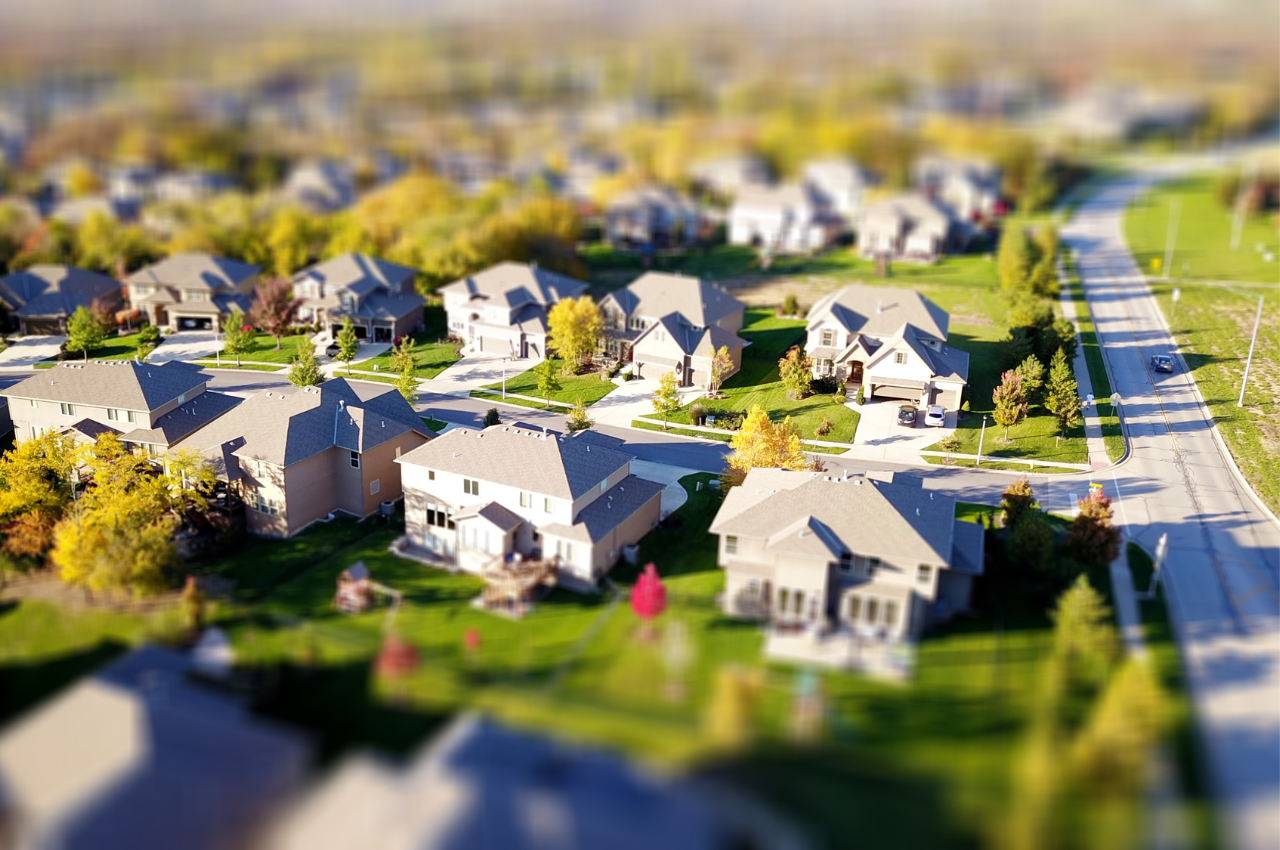
Conclusion
Modern living spaces in Malaysia are undergoing revolution through studios of architecture design that merge creative vision with sustainable practices and modern needs understanding. These studios redefine residential architecture through their adoption of innovative materials together with intelligent systems and their implementation of minimal space requirements.
The increasing urbanization of Malaysia will drastically expand the significance of architects who will need to design future-proof houses that deliver both efficiency and sustainability alongside comfort. Devoted architecture studios create functional and visually appealing modern residential spaces throughout Malaysian cities because they design homes of various scales, from dense city apartments to spacious suburban houses.
With constant innovation, Malaysia’s architectural evolution will create homes suitable for future needs keeping traditional cultural values intact.

